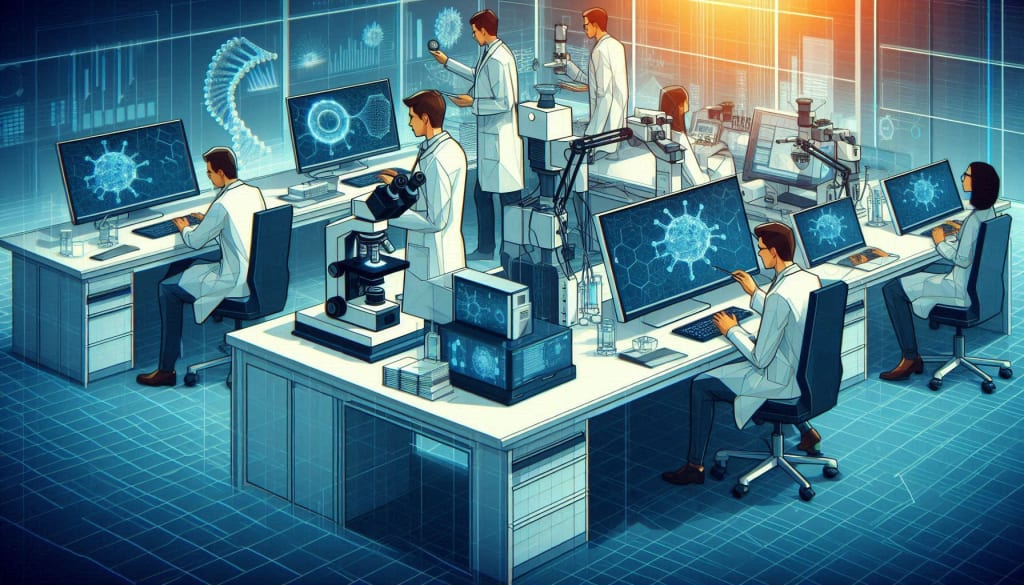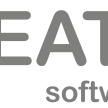
Introduction
Have you ever wondered how some TVs display images that seem so realistic? Or how a single computer chip today can store so much data? That’s nanotechnology at work. And it looks like it will play a huge role in advancing technology. But how small is the nanoscale, really? To give you a better picture, a strand of human hair is about 80,000 - 100,000 nanometers thick. That’s how small we’ve got to go to create electronic devices that perform better.
What is Nanotechnology?
Nanotechnology is more than just working with super-tiny materials. When materials are in the nanometer scale, they show different properties like light absorption, chemical reactivity, and electrical conductivity. For example, gold particles in the nanoscale interact with light differently and appear red or purple in color. They also have a lower melting point than larger-scale gold particles. Nanotechnology is the science of using these unique properties to design better-performing structures and devices, which can create breakthroughs in electronics and other fields.
Why do we need Nanotechnology?
It helps us create devices that are faster and more efficient. Nanotechnology also makes it possible to produce devices that store large amounts of information and are more portable. We could create smaller and faster transistors, batteries that charge faster, and displays that use less energy. That means we would have even thinner laptops and flexible cell phones that can be strapped around our wrists.
Applications of Nanotechnology
Some ways nanotechnology is being used and researched are:
Quantum Dot LEDs: Nanoparticles are used in screens to make images more color-rich. These particles are called quantum dots. Quantum dot technology doesn’t degrade with time, so it doesn’t cause burn-ins quickly, which is the mark that stays on your screen when you leave a still image on the screen for too long.
Paper Batteries: These are devices that are extremely thin and charge very fast. Nanotechnology is being used to increase their flexibility and storage capacity. It can also improve their safety.
Wearable Technology: Nanotechnology is used in wearable electronics to improve their flexibility and make them more comfortable.
Nanorobots: Nanotechnology can be used to create nanorobots, which are extremely small electronic devices that can go inside the human body and help to keep it healthy.
Nanoscale Transistors: Nanomaterials can be used to create smaller transistors that are faster and more efficient.
Magnetic RAM: Nanotechnology is being used to develop Magnetic RAMs (devices that can store data even when the power is turned off) that can maintain their magnetic properties at high temperatures, which reduces data loss.
Printed Electronics: This is a way to create electronic devices that are flexible and lightweight. Nanotechnology can increase the functionality and efficiency of these devices, and improve their performance.
Advantages of Nanotechnology
Being able to control particles at such a small level lets us improve electronic devices in ways through:
Increased Storage Capacity: Nanotechnology helps create smaller and denser memory cells and transistors. This lets us integrate more transistors into a chip and increase the amount of data it can store.
Improved Performance: Devices will be able to process information faster and handle complex tasks more efficiently using nanotechnology.
Improved Energy Efficiency: Smaller transistors need less power to function, so less energy is consumed by the entire device. Nanoparticles also conduct electricity better, so they have lower resistance, which reduces energy loss.
Flexible Electronics: Nanotechnology is used to create flexible electronics that conduct electricity and function better. It could be used in foldable technology too.
Disadvantages of Nanotechnology
There are also ways nanotechnology could bring us harm.
Health and Environmental Hazards: If exposed to some nanoparticles, you might have irritation on your skin, allergic reactions, and other health issues. Nanoparticles might also contaminate the soil and water they enter into.
Social Issues: Nanotechnology might be available only to certain countries. This could create a ‘nanodivide’ between people who can enjoy its benefits and those who cannot.
Military Applications: Nanotechnology could be used for military applications, leading to concerns about global security.
High Cost: Nanomaterials are expensive to produce because of the complex processes to create them. We also need specialized equipment and expertise to research it.
Conclusion
Nanotechnology may be in research and development, but it has great potential to change the performance and efficiency of the electronic devices we use. IBM has already developed a 2-nanometer semiconductor chip that they intend to use in various applications like autonomous vehicles and IoT. And a lot of research is going on in areas like bioelectronics and spintronics. As the manufacturing processes improve, we can expect to have devices that are even faster and more powerful in the time to come.
About the Creator
featherlinks
Feather Softwares is a leading IT company which helps you build your presence digitally.
Enjoyed the story? Support the Creator.
Subscribe for free to receive all their stories in your feed. You could also pledge your support or give them a one-off tip, letting them know you appreciate their work.






Comments
There are no comments for this story
Be the first to respond and start the conversation.